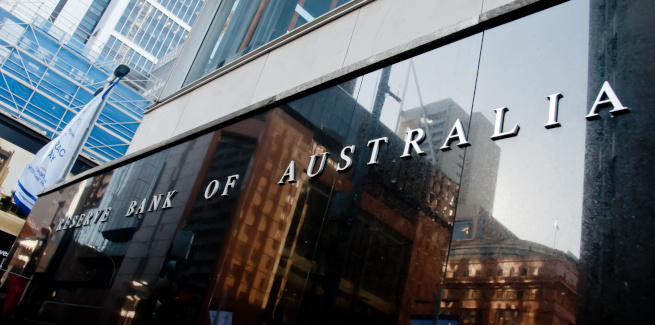The Reserve Bank of Australia (RBA) has lifted the official cash rate to 1.5 per cent, following its monthly monetary policy board meeting, the first increase since November 2010.
The sudden increase to the cash rate would come as a surprise to most industry pundits, with all analysts on rate comparison website Finder.com.au’s panel predicting a hold verdict.
Chief economist at AMP Capital and Finder panellist Shane Oliver observed: “Things aren’t yet weak enough to push the RBA to cut but they aren’t strong enough to push it to hike either.
Managing director of mortgage aggregator Finsure John Kolenda expected the cash rate to remain on hold for the coming months amid political uncertainty.
“There are political distractions for the RBA with the federal budget handed down on April 2, the same day the central bank next deliberates on rates,” Mr Kolenda said
“Then there is the federal election, which is due by mid-May. Like the Budget, the election outcome and a potential change of Government will have a significant economic impact which the RBA will need to factor in.
Further, many analysts have forecasted a rate cut in the back-end of 2019 in response to weakening housing market conditions and softening demand for credit.
Of the 17 panellists asked to predict future rate moves, 53 per cent said they expect the official cash rate to fall to 1 per cent by the end of the year, following two rate cuts from the RBA.
Mr Kolenda observed: “A rate cut seems inevitable with so many negative factors weighing down economic activity such as the falling property market, the impact of the Hayne royal commission, concerns about unemployment, the election, the US-China trade war and the Brexit debacle
“The lending landscape has also been highly restrictive, complicated and confusing since the Hayne royal commission, with tighter lending regimes and forensic examination of borrower expenses significantly reducing borrowing power for consumers.
“We have seen a dramatic reduction in borrowing capacity for consumers with many being disheartened by the scrutiny of the major banks in analysing their expenses and activities.
He concluded: “The average consumer qualifies to borrow 20 per cent less now than six months ago and the criteria varies drastically across lenders.”
CoreLogic’s head of research Tim Lawless echoed Mr Komenda’s sentiment, noting below-target inflation and underwhelming wage growth.
“The strong labour market report for January was likely a key factor in keeping rates on hold, however in balance, wages have grown at a consistently low rate growth and inflation remains stubbornly below the target range,” Mr Lawless said.
“The sharp slowdown in residential construction activity and relatively benign retail trade figures may be hinting that weak housing market conditions are already spilling over to the broader economy.”
Mr Lawless added: “The performance of the housing sector over coming months should provide some clues about future monetary policy decisions.
“A further deterioration in the pace or geographic scope of declines could tip the balance in favour of a rate cut later this year as the RBA becomes wary of the wealth effect moving into reverse.”
[Related: Two RBA rate cuts expected in 2019]
 ;
;
